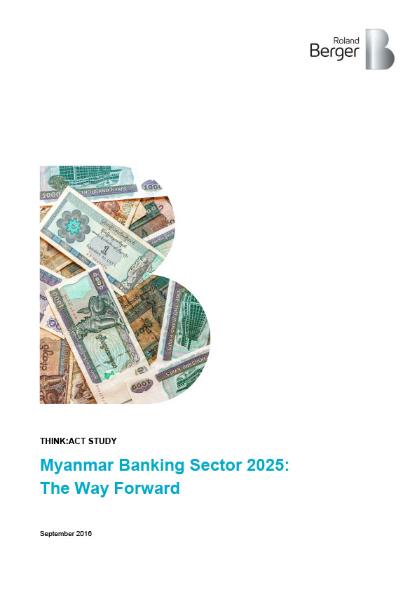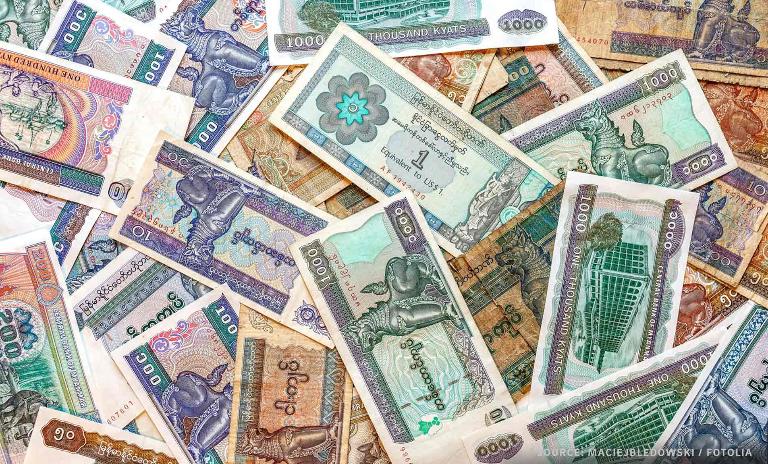Myanmar Banking Sector 2025
![{[downloads[language].preview]}](https://www.rolandberger.com/publications/publication_image/211_cover_roland_berger_study_banking_myanmar_sept_final_1_download_preview.jpg)
The Way Forward


A few years ago, Myanmar did not have a single automated teller machine (ATM) to its name. Now, the Southeast Asian nation, formerly known as Burma, is experiencing a banking boom. 120,000 new jobs are forecast in the coming decade, the sector's asset base is expected to expand eightfold, and loans are predicted to skyrocket to more than USD 164 billion at a compound growth rate of 29%.

With so much change underfoot, collateral pain is not unlikely. If the banking sector is not allowed to thrive, the fast-paced development anticipated could falter. Roland Berger has identified a series of key reforms, vital to the future success of Myanmar's banking sector:

Myanmar's banking system is at a crucial turning point. After years of isolation and limited services, the sector is set to gain a new lease of life. While Myanmar's banking sector remains one of the most underdeveloped in the world – the potential for growth is huge.

![{[downloads[language].preview]}](https://www.rolandberger.com/publications/publication_image/211_cover_roland_berger_study_banking_myanmar_sept_final_1_download_preview.jpg)
The Way Forward